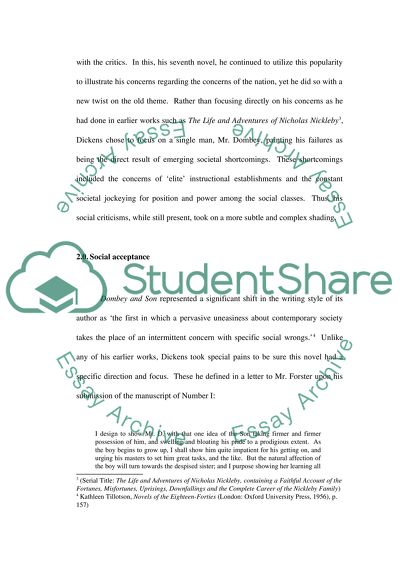Cite this document
(“Dickens's Treatment of Education and Social Mobility in Dombey and Son Essay”, n.d.)
Retrieved from https://studentshare.org/literature/1537887-dickenss-treatment-of-education-and-social-mobility-in-dombey-and-son
Retrieved from https://studentshare.org/literature/1537887-dickenss-treatment-of-education-and-social-mobility-in-dombey-and-son
(Dickens'S Treatment of Education and Social Mobility in Dombey and Son Essay)
https://studentshare.org/literature/1537887-dickenss-treatment-of-education-and-social-mobility-in-dombey-and-son.
https://studentshare.org/literature/1537887-dickenss-treatment-of-education-and-social-mobility-in-dombey-and-son.
“Dickens'S Treatment of Education and Social Mobility in Dombey and Son Essay”, n.d. https://studentshare.org/literature/1537887-dickenss-treatment-of-education-and-social-mobility-in-dombey-and-son.


